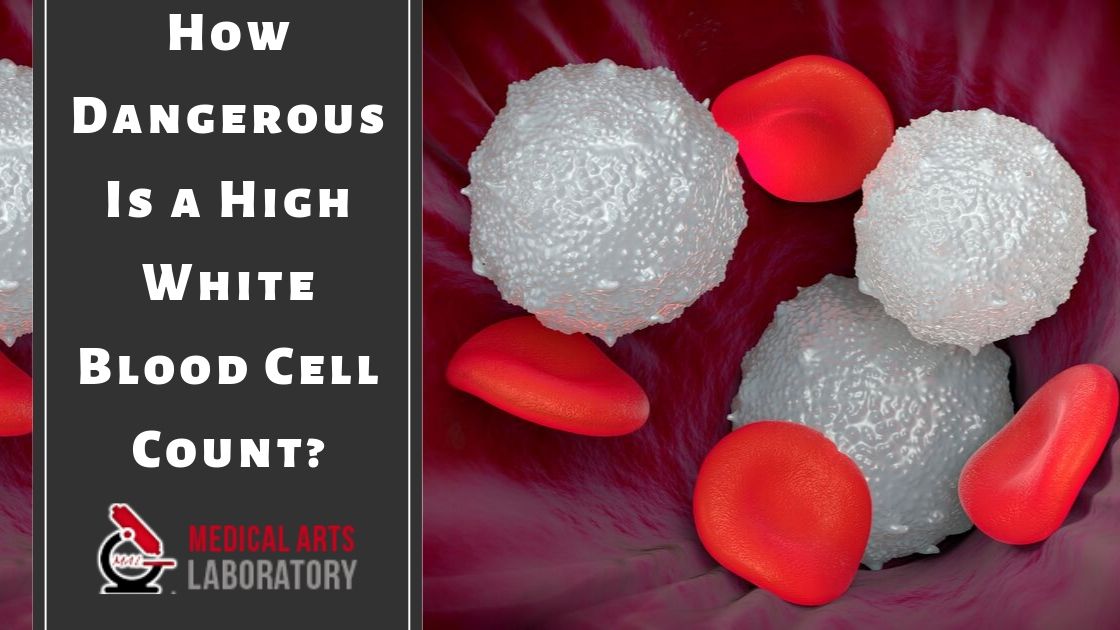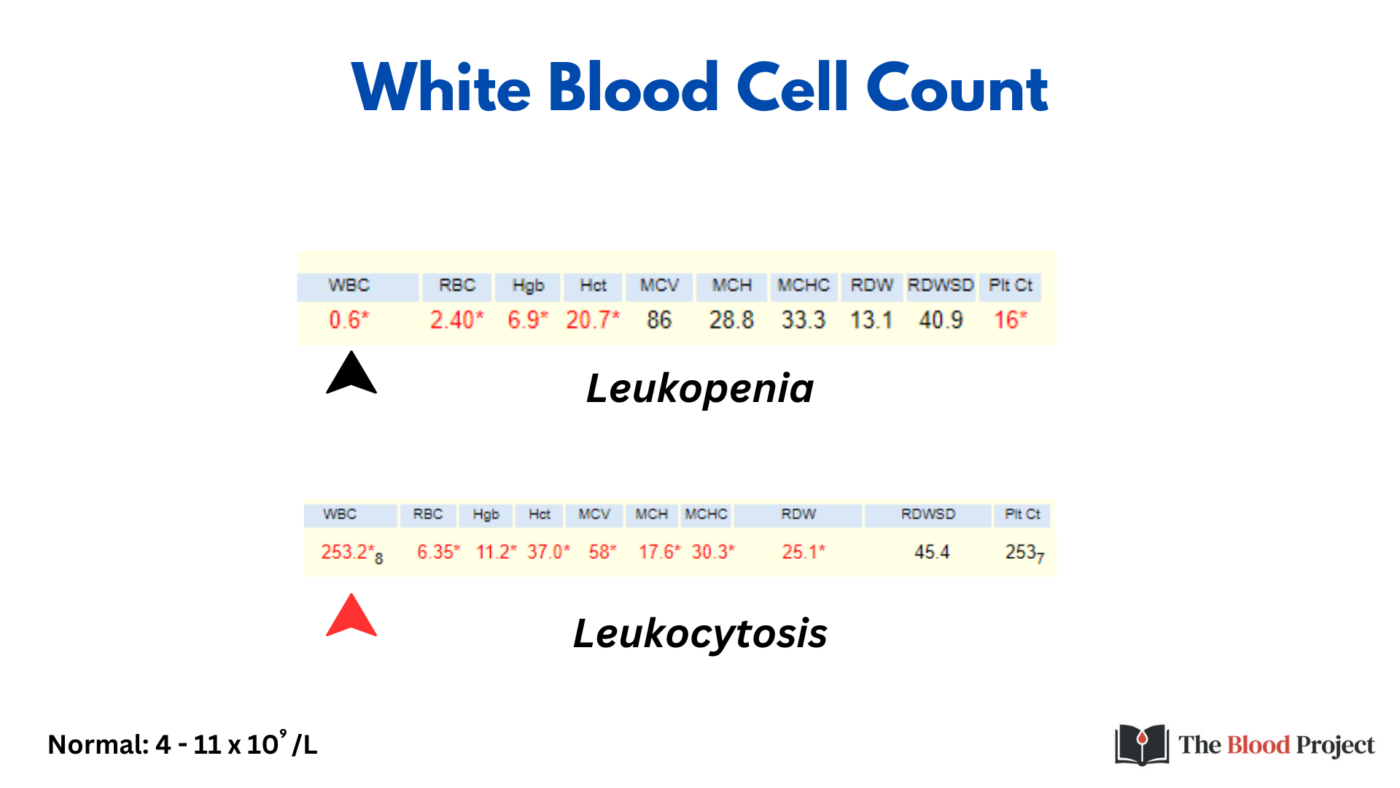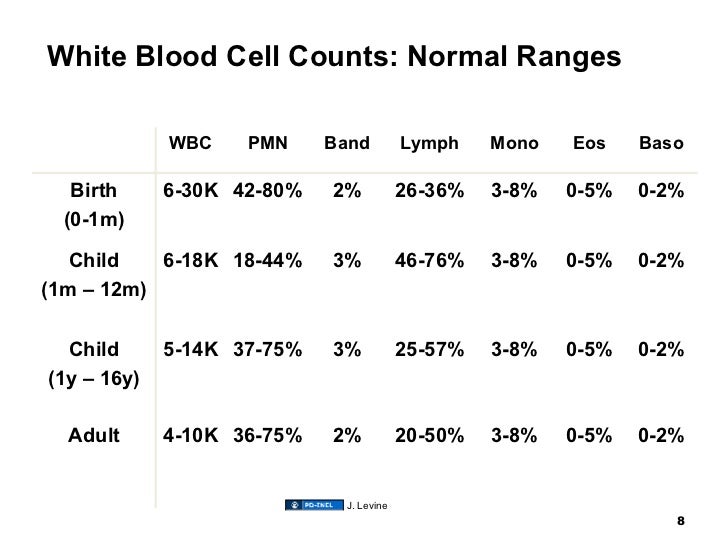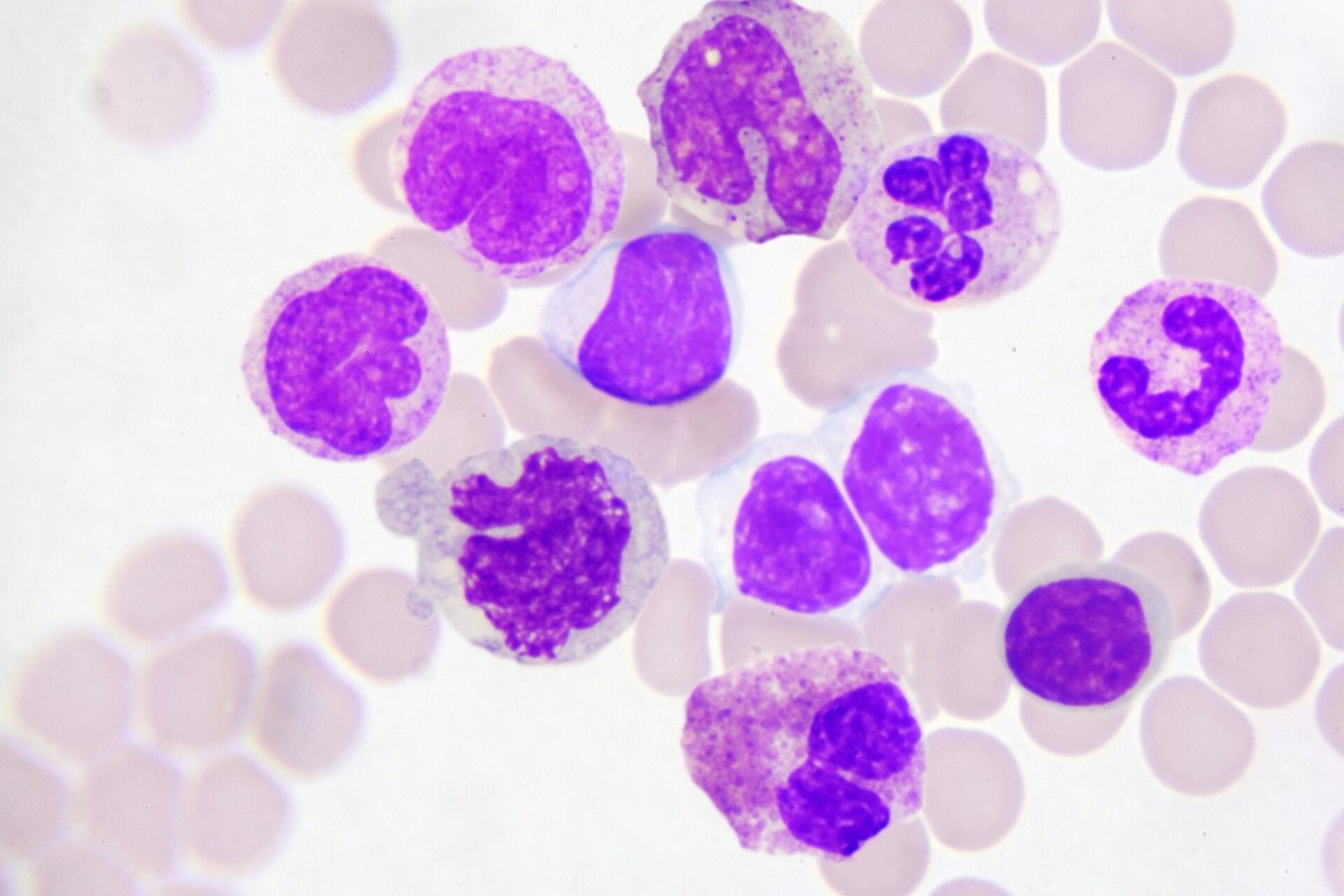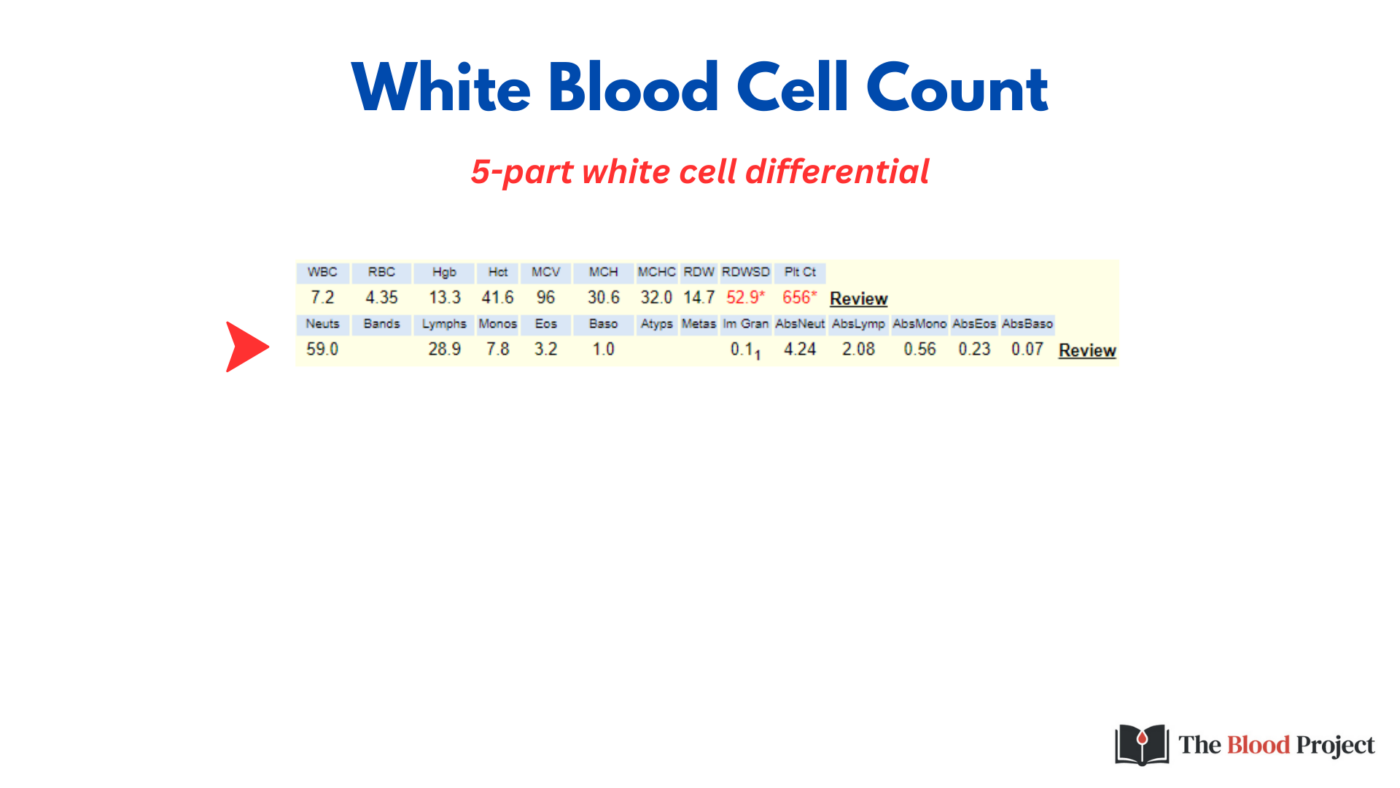Ms High White Blood Cell Count

The sudden and unexpected surge in reported cases of significantly elevated white blood cell counts, or leukocytosis, is causing concern among healthcare professionals nationwide. While often a sign of the body's natural defense against infection or inflammation, persistently high levels can indicate more serious underlying conditions, prompting urgent investigations and raising anxieties for both patients and physicians. The increase, though not officially classified as an epidemic, demands immediate attention and further research.
At the heart of this issue lies the critical need to understand why so many individuals are presenting with elevated white blood cell counts. This article will delve into the potential causes of leukocytosis, explore the diagnostic challenges involved, and outline the current medical recommendations for managing this increasingly prevalent health concern. It will also examine the impact on healthcare systems and the ongoing efforts to identify and address the root causes driving this disturbing trend.
Understanding Leukocytosis: A Primer
Leukocytosis, in its simplest terms, signifies an elevated number of white blood cells in the bloodstream. White blood cells (WBCs), also known as leukocytes, are crucial components of the immune system, responsible for fighting off infections, combating foreign invaders, and clearing debris from the body. A normal WBC count typically ranges between 4,500 and 11,000 cells per microliter of blood.
When this number exceeds the upper limit, it's considered leukocytosis. The severity of leukocytosis can vary greatly. Several factors can trigger a rise in WBC count.
These factors include infections (bacterial, viral, or fungal), inflammation (due to arthritis or other autoimmune diseases), allergic reactions, stress, trauma, certain medications (like corticosteroids), and even strenuous exercise.
The Alarming Increase: Possible Contributing Factors
While temporary elevations in WBC count are common, the recent surge in sustained and significantly high levels is what concerns medical experts. Preliminary investigations are focusing on several potential contributing factors. The rapid spread of novel viral strains is one suspect.
Environmental factors, such as increased exposure to pollutants or toxins, are also being explored. Changes in lifestyle, including dietary habits and stress levels, could potentially play a role.
Furthermore, some researchers hypothesize a possible link to undiagnosed or poorly managed underlying medical conditions. The Centers for Disease Control and Prevention (CDC) has launched an epidemiological study to investigate these potential links.
Infectious Diseases: The Usual Suspect?
Traditionally, infections have been the most common cause of leukocytosis. Bacterial infections, like pneumonia or urinary tract infections, often trigger a significant increase in neutrophils, a type of WBC that targets bacteria. Viral infections, such as influenza or the common cold, can also elevate WBC counts, though often to a lesser extent.
However, in some cases, the leukocytosis observed is disproportionately high compared to the severity of the infection. This suggests that other factors may be at play. Some emerging infectious diseases, with atypical presentations, may be responsible for the increased cases.
Beyond Infections: Exploring Non-Infectious Causes
Beyond infections, a wide range of non-infectious conditions can lead to leukocytosis. Inflammatory disorders, such as rheumatoid arthritis and inflammatory bowel disease, can cause a chronic elevation in WBC count. Autoimmune diseases, where the body's immune system mistakenly attacks its own tissues, can also trigger leukocytosis.
Certain cancers, particularly leukemia and lymphoma, are known to cause extremely high WBC counts. Stress, both physical and emotional, can temporarily increase WBC levels due to the release of hormones like cortisol. Smoking is another lifestyle factor that can contribute to chronic leukocytosis.
Diagnostic Challenges and Management Strategies
Diagnosing the underlying cause of leukocytosis can be a complex and challenging process. A thorough medical history, physical examination, and a complete blood count are essential first steps. Further diagnostic tests may be required.
These tests include blood cultures to detect infections, inflammatory markers to assess inflammation, bone marrow biopsies to rule out hematological malignancies, and imaging studies to identify any underlying abnormalities. Treatment for leukocytosis focuses on addressing the underlying cause.
For infections, antibiotics or antiviral medications may be prescribed. For inflammatory disorders, anti-inflammatory drugs or immunosuppressants may be used. In cases of cancer, chemotherapy, radiation therapy, or bone marrow transplantation may be necessary. In some instances, if the leukocytosis is mild and not associated with any significant symptoms, observation alone may be sufficient.
Impact on Healthcare Systems and Public Health
The increase in leukocytosis cases is placing a significant strain on healthcare systems. Increased demand for diagnostic testing and specialist consultations is leading to longer wait times and increased healthcare costs. Public health officials are closely monitoring the situation.
They are working to identify any potential environmental or lifestyle factors that may be contributing to the trend. There are also efforts being done to educate the public about the importance of regular check-ups and early detection of underlying medical conditions.
"We are taking this issue very seriously," stated Dr. Emily Carter, a leading hematologist at the National Institutes of Health (NIH). "Our priority is to understand the underlying causes of this increase in leukocytosis cases and to develop effective strategies for prevention and treatment."
Looking Ahead: Research and Future Directions
Ongoing research is crucial to unraveling the mysteries behind the surge in leukocytosis cases. Scientists are exploring the genetic, environmental, and lifestyle factors that may be contributing to the trend. They are also developing new diagnostic tools and treatment strategies for managing leukocytosis and its underlying causes.
Collaboration between researchers, clinicians, and public health officials is essential to addressing this challenge effectively. By sharing data and expertise, we can work together to understand the complex interplay of factors that contribute to leukocytosis and to develop effective strategies for prevention and treatment. Early detection and prompt management are key to improving patient outcomes and reducing the burden on healthcare systems.

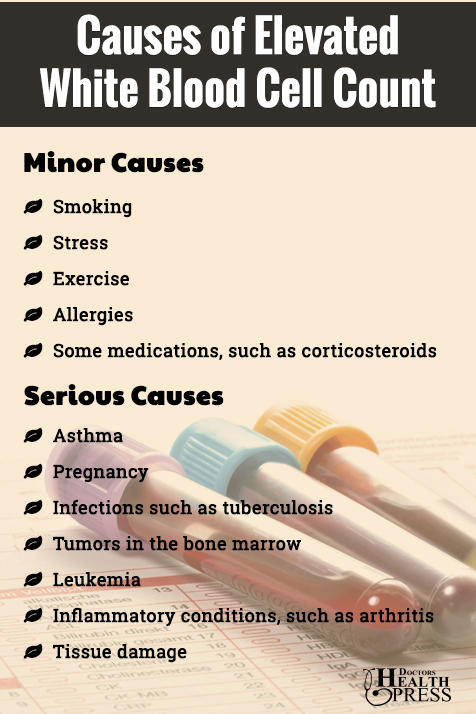
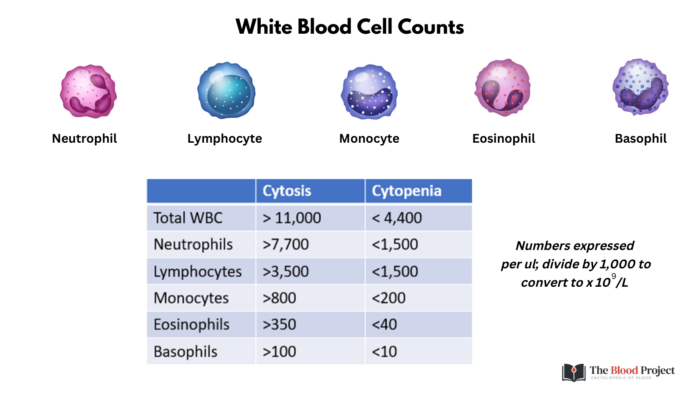
.jpg)

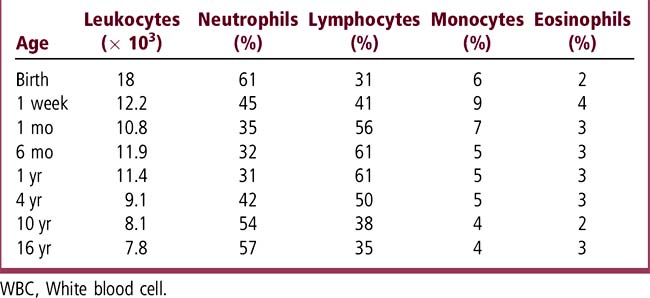
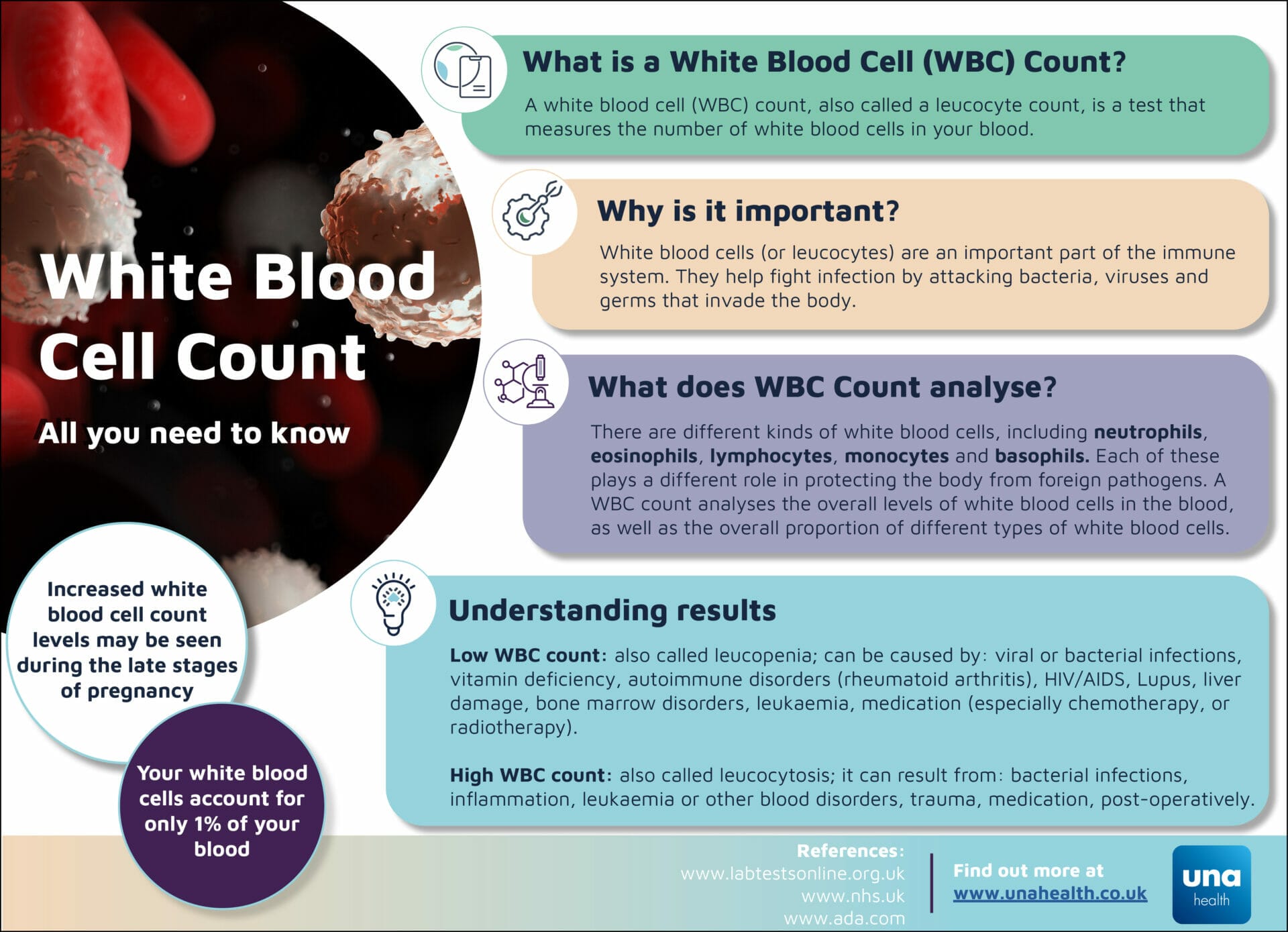


.jpg)


